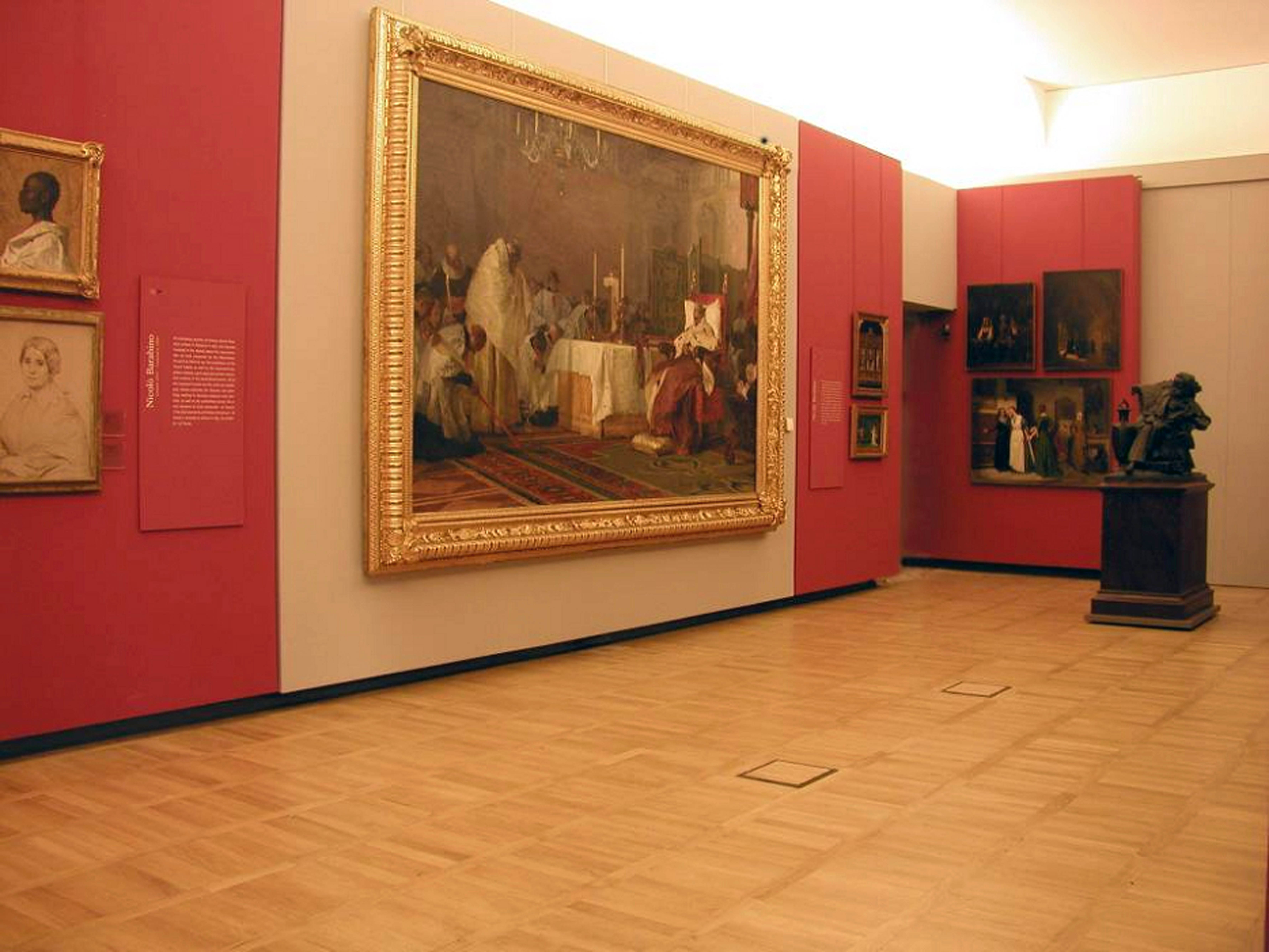
Click here to view image
GAM, sala di Nicolò Barabino
Villa Saluzzo Serra, Galleria d'Arte Moderna di Genova, sala di Nicolò Barabino

Click here to view image
GAM, sala di Nicolò Barabino
Villa Saluzzo Serra, Galleria d'Arte Moderna di Genova, sala di Nicolò Barabino


Click here to view image
Love that tames strength
Vittorio Emanuele II (Legato Principe Odone) 1866 Genova - legato
Varni, Santo
painting
1858 - 1865 - XIX
GAM0940
Unità di misura: cm; Altezza: 85; Larghezza: 62; Profondità: 90
marmo scolpito
The marble sculpture, of which the preparatory sketch in patinated terracotta is also preserved, is the work of sculptor and archaeology scholar Santo Varni. It was part of the collections of Prince Odone of Savoy, donated by King Victor Emmanuel II to the city of Genoa in 1866 after the untimely death of his son. Odone commissioned the work from the Genoese sculptor, whom he knew well, as Varni was linked to the circle of intellectuals and artists that surrounded the young Savoy and had been his teacher and advisor in establishing his collection.

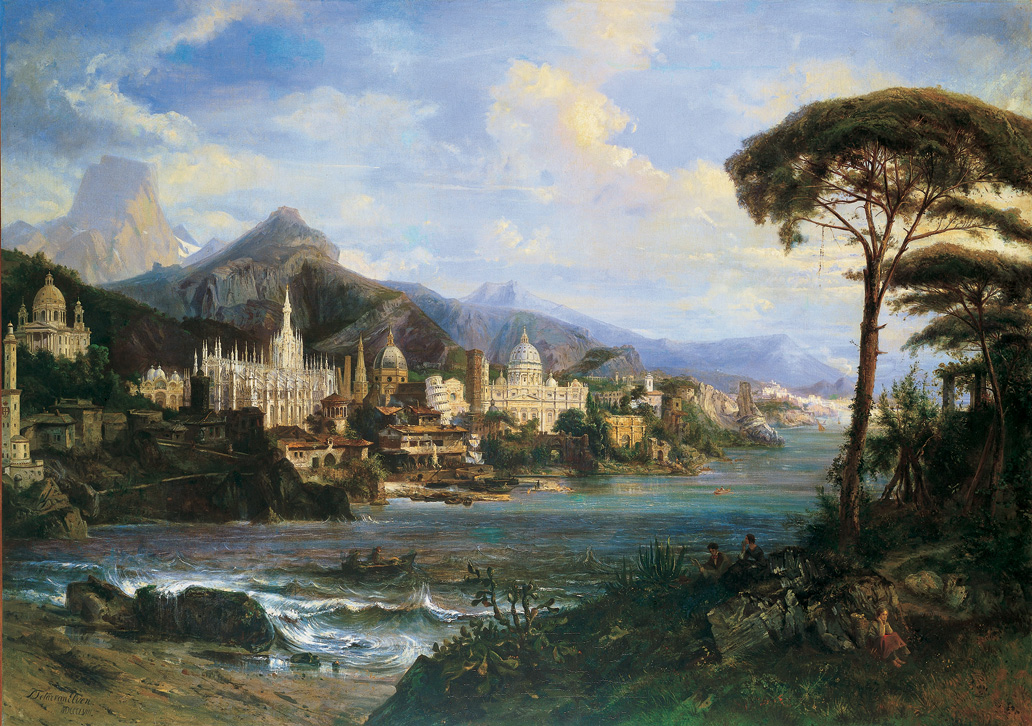
Click here to view image
Fantastic views of Italy's main monuments
1898 Genova - acquisto
Tetar Van Elven, Petrus Henricus Theodor
painting
1858 - 1858 - XIX
GAM 471
Unità di misura: cm; Altezza: 252; Larghezza: 353
olio su tela
The painting is conceived in appearance as a grandiose 'collage' of all the symbolic monuments of the most important Italian cities to avoid censorship problems, but in reality it is conceived as a sort of pre-manifesto of Italian Unification. On the far left of the canvas there is a partial view of the Lanterna in Genoa, to bring together, through the most recognisable and symbolic architecture of the peninsula - from the cathedral in Milan to St. Mark's in Venice, from the Leaning Tower of Pisa to St. Peter's in the Vatican to the smoking Vesuvius in the Bay of Naples - all of Italy under the Savoy flag. The depiction of Sicily is missing because Giuseppe Garibaldi would leave with a thousand volunteers to annex it to the Kingdom of Italy only two years later, on 5 May 1860.
The large canvas, painted by the Dutchman Petrus Henricus Theodor Tetar van Elven, one of the artists closest to the reigning dynasty of Savoy, belonged to the Marquis of Mazzinian ideas Filippo Ala Ponzone. This view brings together all the symbolic monuments of the most important Italian cities. On the left is a partial view of the Lanterna di Genova, followed by other symbolic buildings: Milan Cathedral, St Mark's Basilica in Venice, the Tower of Pisa and St Peter's Basilica in the Vatican. On the right is Vesuvius overlooking the Bay of Naples.

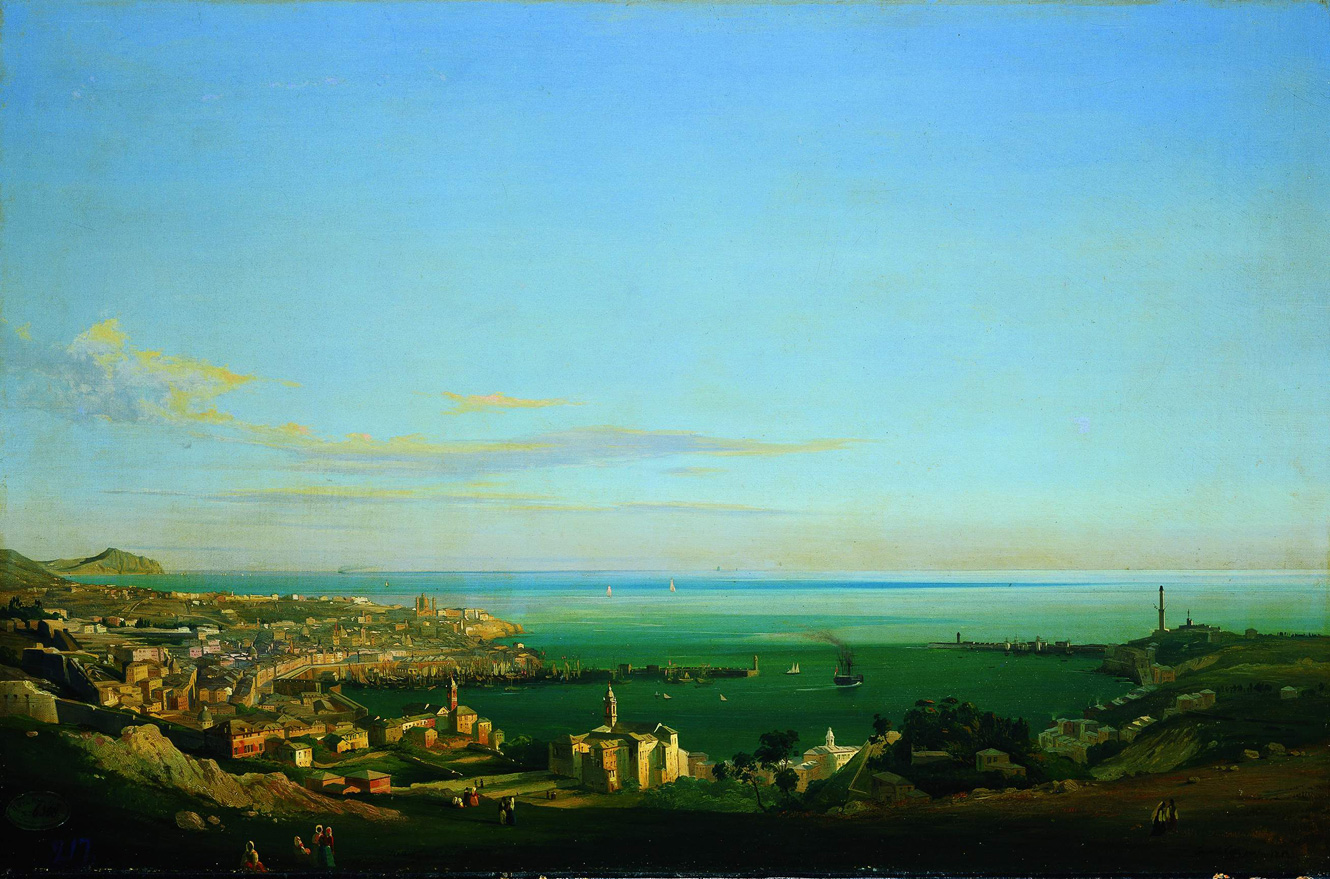
Click here to view image
Ippolito Caffi (Belluno, 1809 - Lissa, 1866)
Olio su tela, cm. 54 x 82
Smaltata e limpida veduta di Genova del 1850 del veneto Ippolito Caffi (Belluno 1809 - Lissa 1866), costretto a riparare in Liguria tra il 1849 e il 1854 per ragioni politiche.
Firmato e datato in basso a destra "Ippolito Caffi pinse 1850"

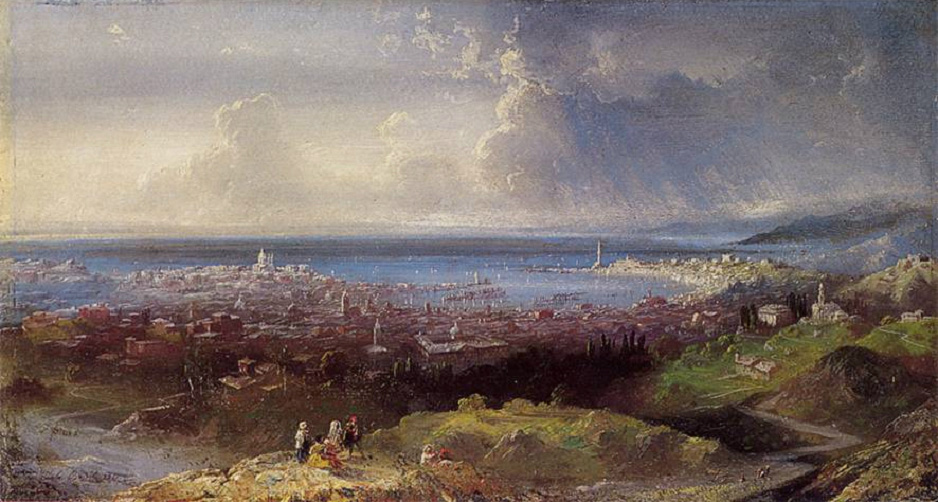
Click here to view image
View of Genoa
Lunganelli, Elbano 1974 RM/ Roma - donazione
Bossoli, Carlo
painting
1872 - 1872 - XIX
GAM1981
Unità di misura: cm; Altezza: 39; Larghezza: 70.5; Varie: Altezza con cornice cm 58.5
Larghezza con cornice cm 90
olio su cartone
Painting on cardboard in rectangular form with frame.

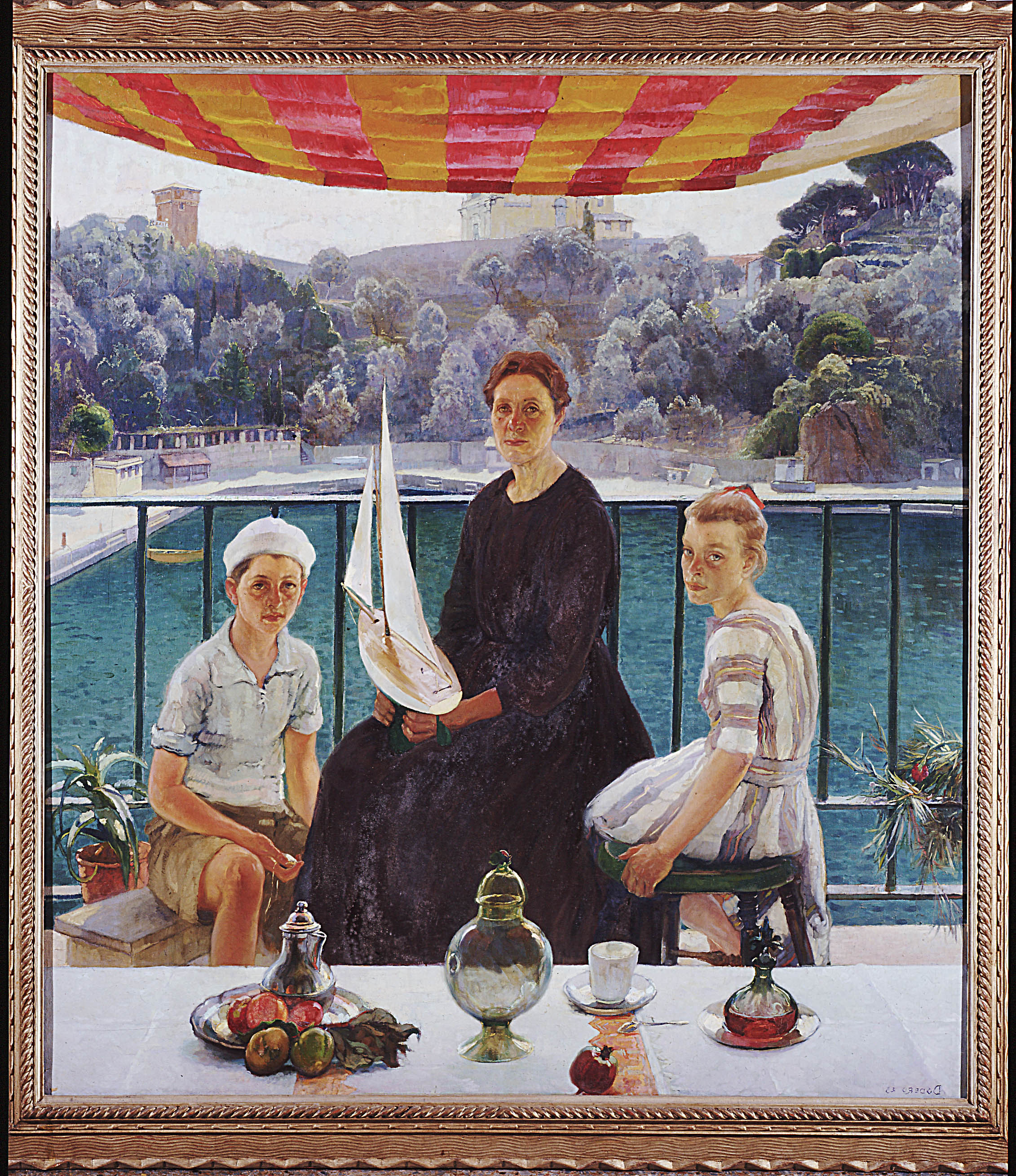
Click here to view image
Pietro Dodero (Genova, 1881-1967)
olio su tela
Pietro Dodero, Terrazzo sul mare, 1923, Musei di Nervi - Galleria d'Arte Moderna

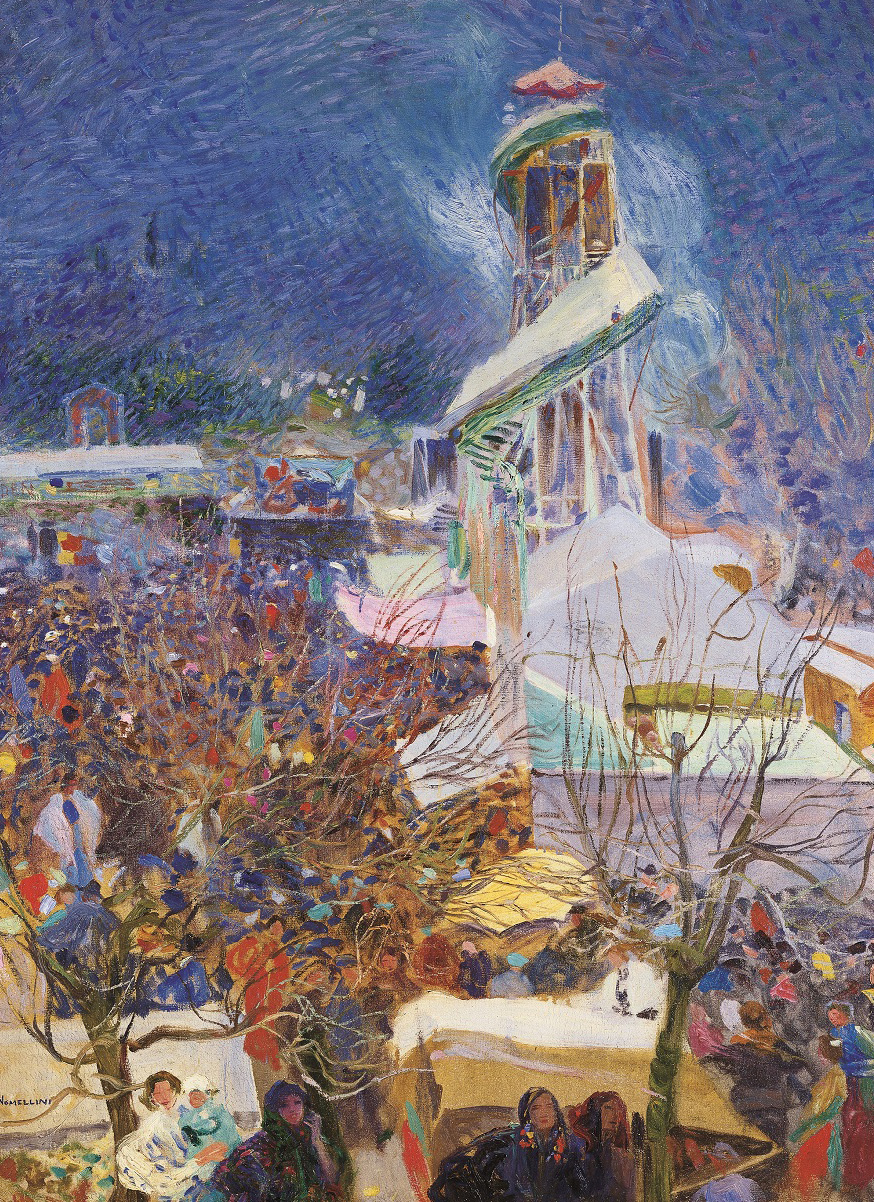
Click here to view image
Plinio Nomellini (Livorno, 1866 - Firenze, 1943)
Olio su tela, cm. 139 x 104
Firmato in basso a sinistra "P. Nomellini"

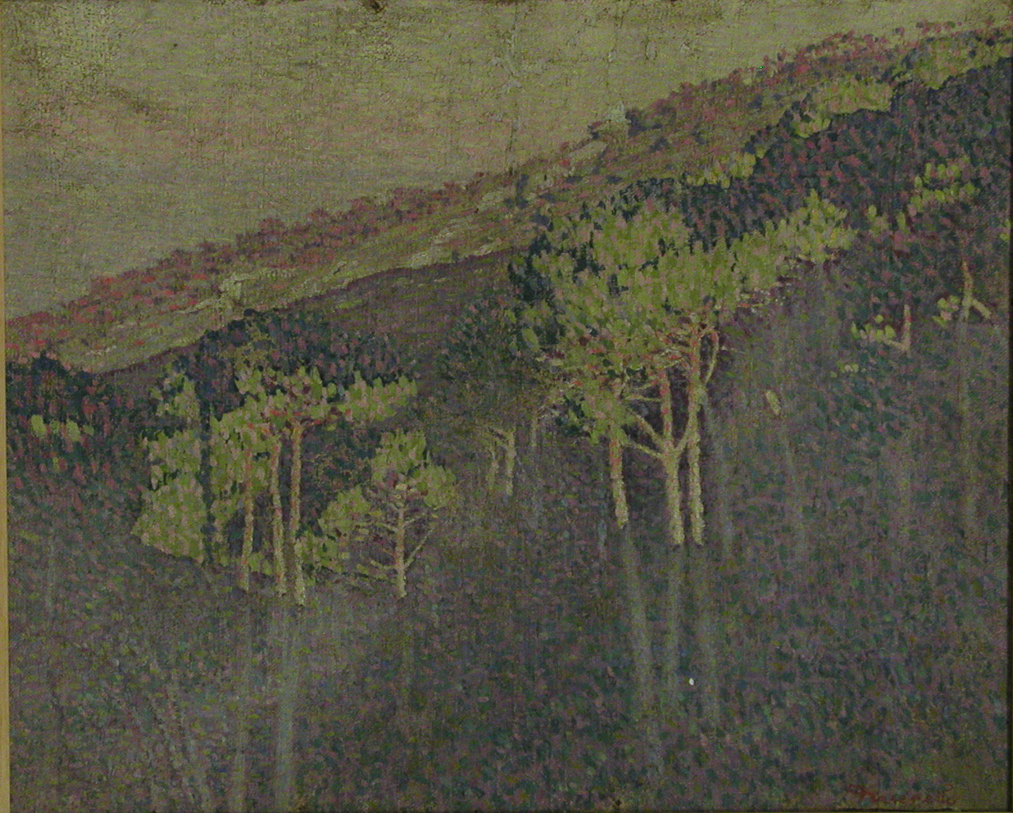
Click here to view image
Domenico Guerello (Portofino, 1891-1931)
Olio su tela
Olio su tela

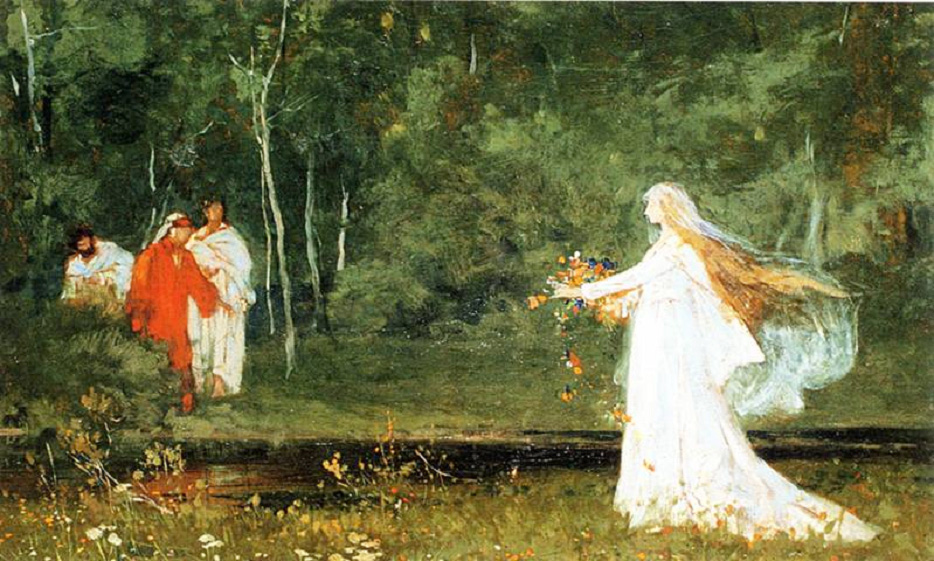
Click here to view image
Nicolò Barabino (Genova, 1832 - Firenze, 1891)
Olio su tela, cm. 32,5 x 50,3

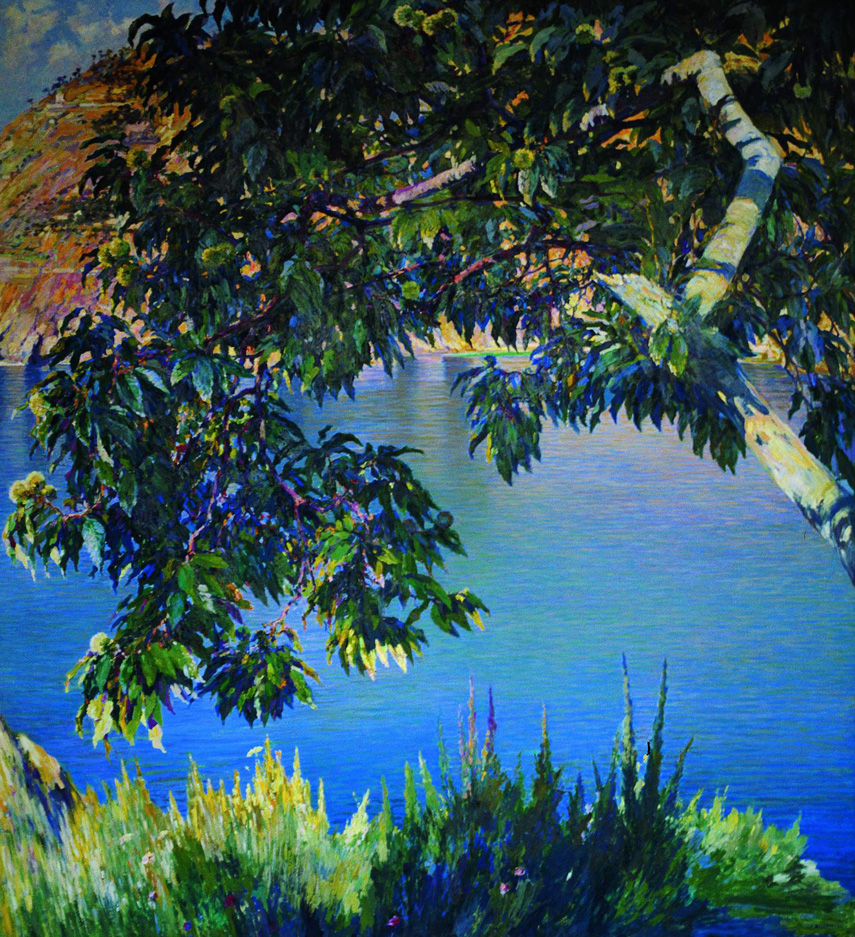
Click here to view image
Antonio Discovolo (Bologna, 1874 - Bonassola, 1956)
Olio su tela, cm. 184 x 164,5
Smagliante veduta postimpressionista che proietta il pubblico sul mare delle Cinque Terre attraverso la fronda-sipario dell’albero.
Firmato in basso a destra "A. Discovolo"; sul verso "A. Discovolo/Bonassola"




Headquarters:
Municipality of Genoa - Palazzo Tursi
Via Garibaldi 9 - 16124 Genoa
C.F / VAT 00856920102